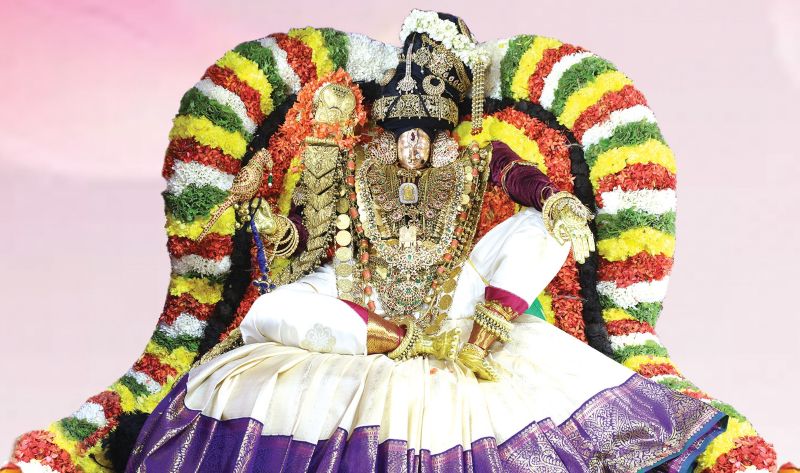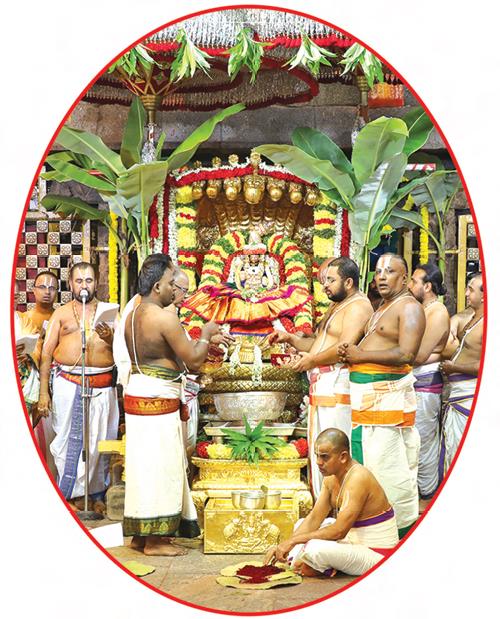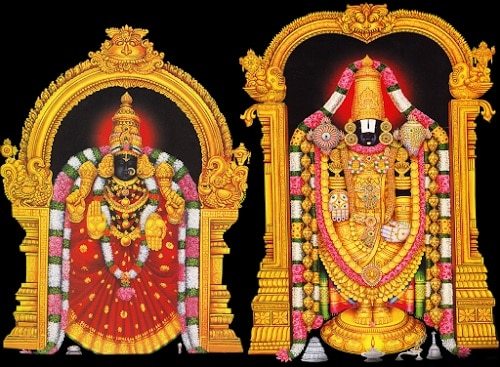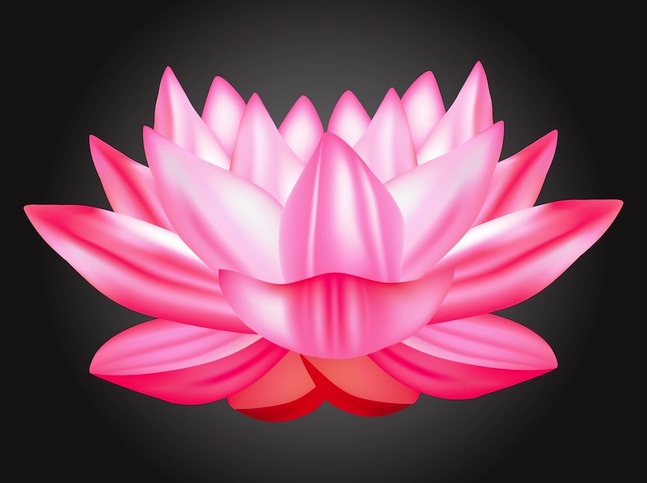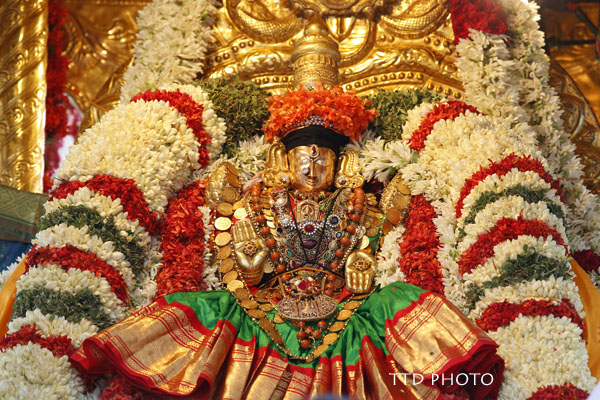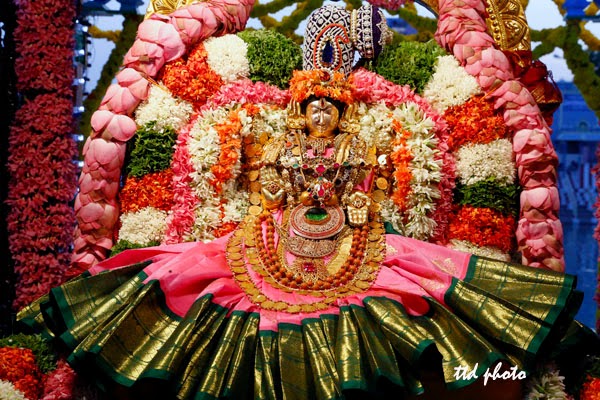Goddess Padmavathi Devi at Tiruchanur The temple town of Tiruchanur located at the base of Tirumala is the abode of Goddess Padmavathi Devi, the divine consort of Lord Srinivasa. To the millions of devotees pouring in from all over the world, the pilgrimage to the Seven Hills begins with the ‘darshan’ of the Devi. Once Read More
Tag: Padmavathi
Tiruchanur (also known as Alamelu Mangapuram) is a religious destination for Hindu pilgrims due to the presence of Padmavathi Temple.
Laksha Kumkumarchana at Padmavathi Temple – Tiruchanur
This article is about Laksha Kumkumarchana at Padmavathi Temple – Tiruchanur Sri Padmavathi Devi temple – Tiruchanur Goddess Padmavathi is the queen of Lord Srinivasa and enjoys a separate identity with equal status. The Goddess is inseparable and enjoys an equal position as she is a Purushakara or instrumental in protecting the devotees from the Read More
Padmavati Devi – Legend
Goddess Padmavati Devi Goddess Padmavati Devi also known as ‘ALARMEL MANGA’, the consort of Lord Srinivasa, made Tiruchanur Her abode. She is glorified as the queen of the Universe. She represents the Lord’s Sankalpa (wish). The Divine Mother is concerned for the miserable plight of Her children (devotees) by appealing to the Lord to forgive Read More
Lotus Flower
Padmavathi was born in Lotus Goddess Padmavati Devi emerged from Padmasarovar in the Lotus. This is why the Pushkarini (temple tank) is known as ‘Padmasarovar’ and the Goddess Sri Padmavati Devi is seated in the Padmasana or Lotus pose named ‘Padmavati‘. In Tiruchanur holding Lotus. Lotus stands high among flowers Among the flowers, the Lotus Read More
Why Padmavathi is not in Tirumala
Why Padmavathi is not in Tirumala Story Behind The husband, Srinivasa lives up the Seven Hills in ‘Ananda Nilaya’! His wife Alamelu Manga lives in Tiruchanur, down the hills in ‘Shanti Nilaya’! Doesn’t it look queer? There seems to be a special reason for this. Long ago, Padmavathi used to live in ‘Shanti Nilaya’, a Read More
Padmavati Devi
GODDESS PADMAVATI DEVI The sacred bath ‘ABHISHEKAM’ is performed to Goddess Padmavati Devi on Fridays. All the rituals and pujas offered to Ammavaru are as per the procedures of ‘PANCHARATRA AGAMA’. Goddess Mahalakshmi immersed herself in penance and emerged as ‘SRI PADMAVATI DEVI’ from a Lotus located at the center of Pushkarini (holy pond) on Read More
